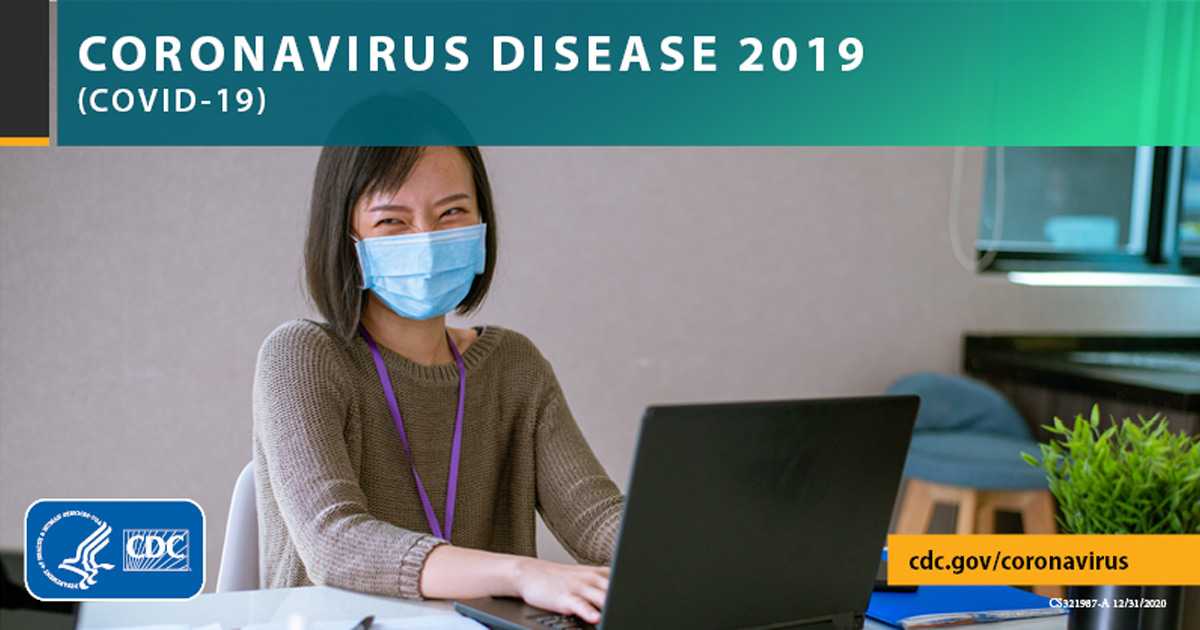- July 28, 2022
- No Comment
- 13 minutes read
Evaluation for SARS-CoV-2 Testing in Animals – CDC

Previous Updates
This guidance was collaboratively developed by the Centers for Disease Control and Prevention (CDC), US Department of Agriculture (USDA), and other federal agencies using a One Health approach. It may be adapted by state and local health departments to respond to rapidly changing local circumstances.
Currently, the risk of animals spreading COVID-19 to people is low. In some situations, mostly during close contact, people have spread SARS-CoV-2 to certain types of animals, including companion animals (cats and dogs), animals in zoos and aquaria (big cats, great apes, mustelids), farmed mink, and wildlife. There have also been reports of infected animals such as mink, hamsters, and deer spreading the virus to people when in close contact, but this is rare.
Veterinarians should use their clinical judgement, including considering other common causes of illness, when deciding whether to test animals for SARS-CoV-2.
The decision to test an animal as part of an epidemiologic investigation, including companion animals, livestock or production animals, zoo animals, or wild animals (both captive and free-ranging), should be made collaboratively using a One Health approach that includes local, state, and/or federal public health and animal health officials, as well as state wildlife veterinarians where free-living wildlife are concerned. Pet owners interested in pursuing testing for their animals should consult their veterinarian. Veterinarians should contact their state public health veterinarianpdf iconexternal icon or the designated state official responsible for animal-related issues in public health, and/or their state animal health official external icon to discuss testing. Veterinarians should report any animal that tests positive for SARS-CoV-2 to these same health officials.
Animal testing for SARS-CoV-2 is available at veterinary diagnostic laboratories, including members of USDA’s National Animal Health Laboratory Networkexternal icon.
Confirmatory testingpdf iconexternal icon through USDA’s National Veterinary Services Laboratories (NVSL) is required for all animals except domestic cats and dogs from state, territorial, local, and tribal jurisdictions that have previously confirmed SARS-CoV-2 in cats and dogs. Confirmatory testing is conducted to monitor the virus and to fulfill international reporting requirements based upon the USDA case definition. Because virus monitoring efforts remain a priority, NVSL continues to support sequencing of all cat or dog samples that meet testing criteriapdf iconexternal icon.
USDA is responsible for confirming and reporting any new animal species that test positive for SARS-CoV-2 in the United States to the World Organisation for Animal Health (OIE) external icon, uploading sequence information to public databases, and posting all confirmed cases of SARS-CoV-2 on their public dashboard: Confirmed Cases of SARS-CoV-2 in Animals in the United Statesexternal icon.
Visit CDC’s Animals and COVID-19 page for the most up-to-date information on SARS-CoV-2 infection in animals.
Like people, some animals with SARS-CoV-2 infection do not have any signs of illness, while others may have respiratory and/or gastrointestinal illness.
Clinical signs consistent with SARS-CoV-2 infection in animals include:
Veterinarians should identify if an animal has been exposed to SARS-CoV-2 and if the animal has clinical signs consistent with SARS-CoV-2 infection. Table 1 describes epidemiological risk factors and clinical features that can help guide decisions regarding animal testing.
If One Health partners determine that testing an animal for SARS-CoV-2 is appropriate, coordination between One Health partners will be needed. Refer to USDA’s Testing and Reportingexternal icon page for sample collection, transport, storage, and test result reporting.
Table 1: Criteria to Guide Evaluation and Laboratory Testing for SARS-CoV-2 in Animals
(This table is not intended to be prescriptive but should help guide testing priorities.)
Preferred samples for virus nucleic acid testing and isolating live virus include nasal swab, oropharyngeal swab, and/or rectal swab. Samples may also be taken from internal organs collected post-mortemexternal icon, or a fecal sample may be used in situations where direct sampling is not possible or may compromise animal welfare. Serum may also be collected for antibody testing where available. Contact the laboratory accepting diagnostic samples in advance for instructions on proper sample collection, storage, and transport, and use appropriate personal protective equipmentexternal icon when collecting samples.
Laboratories testing for SARS-CoV-2 should have established protocols and conduct testing under appropriate biosafety conditions. There are currently several molecular and serologic assays in use at veterinary diagnostic laboratories that are useful across multiple susceptible animal species.
Some species of wildlife can be infected with SARS-CoV-2, and there is evidence that some free-ranging wildlife have been infected in the United States. Testing may be useful for improving understanding of the epidemiology of the virus in wildlife populations and in applying necessary management actions. These recommendations can be applied to wildlife in human care for research or rehabilitation.
Wildlife health specialists or others conducting surveillance and research in wildlife should use their clinical judgement and consider other causes of morbidity and mortality when deciding whether to test animals for SARS-CoV-2.
Note: The testing of wildlife for research purposes is beyond the scope of this document. Please refer to the OIE Considerations for sampling, testing, and reporting of SARS-CoV-2 in animalsexternal icon for additional information.
Guidance provided in Table 1 are applicable to testing free-ranging wildlife. Additional scenarios to consider testing wildlife include when:
1 Exposure is defined as:
2 The International Union for the Conservation of Nature (IUCN) governs an assessment of the status of species ranging from “critically endangered” to “least concern”: https://www.iucnredlist.org/ external icon
Updates as of October 21, 2021
Updates as of March 17, 2021
Updates as of August 12, 2020
To receive email updates about COVID-19, enter your email address:
Español
繁體中文
Tiếng Việt
한국어
Tagalog
Русский
العربية
Kreyòl Ayisyen
Français
Polski
Português
Italiano
Deutsch
日本語
فارسی
English

